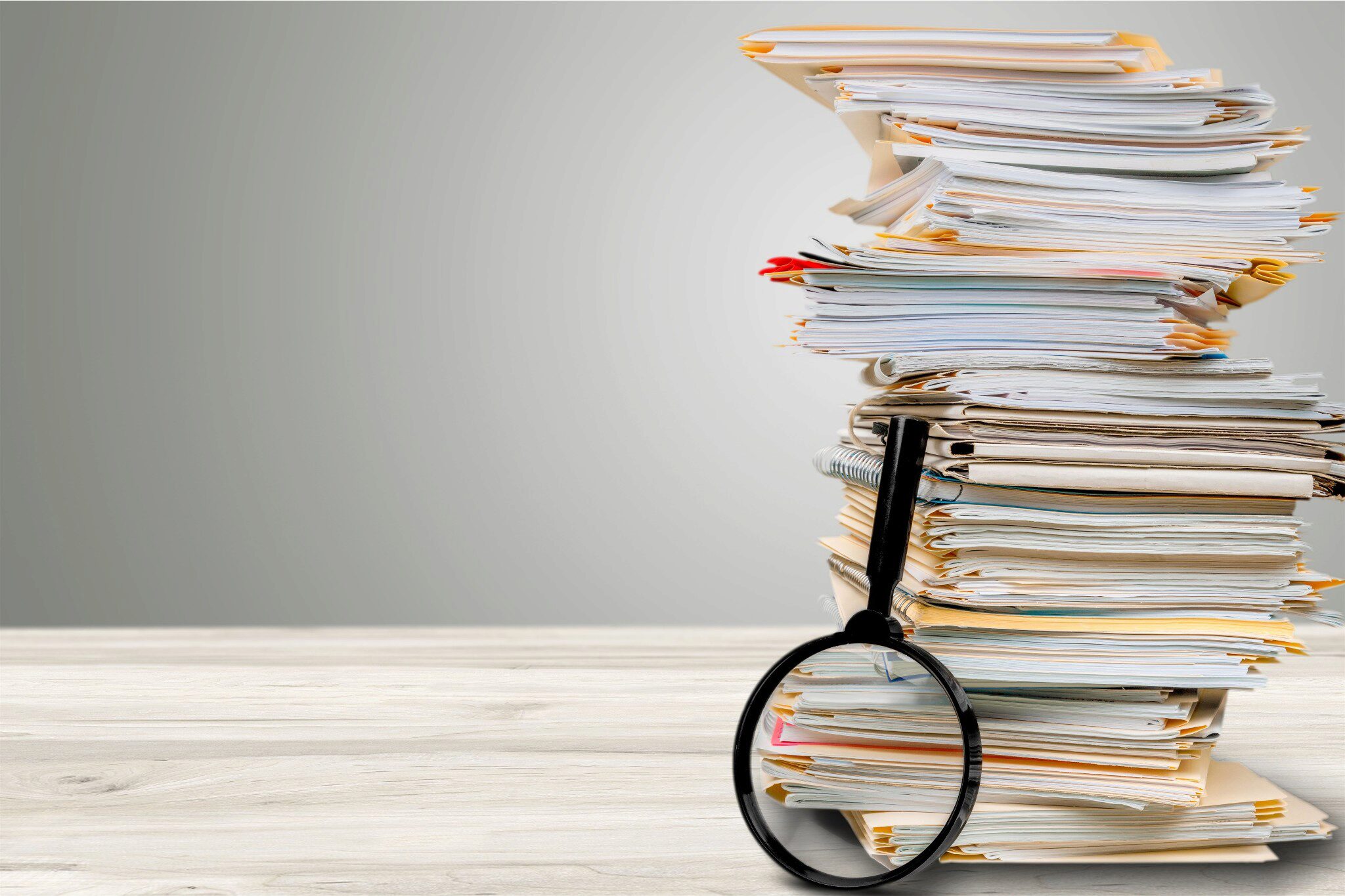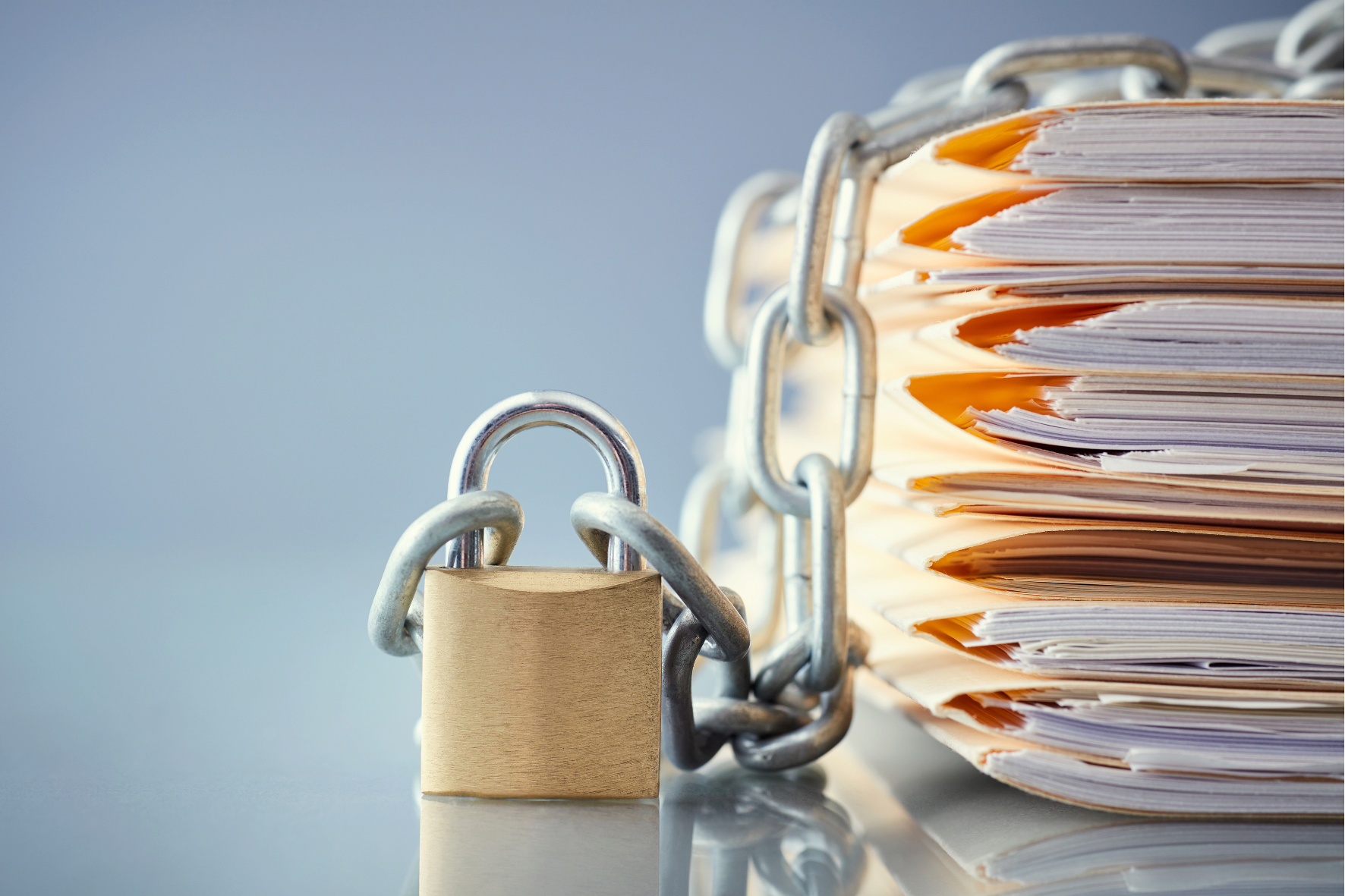
-
Apr1Tue
The Critical Role of Documentation in Demonstrating Due Diligence and Duty of Care
April 1, 2025
This past month, I was called in as an Expert Witness for a lawsuit of abuse that occurred 50 years ago. The standard of care in the 1970s was significantly less than it is in 2025. Remarkably, the organization was able to retrieve volunteer application forms, registration records of the children enrolled in the program, policies on volunteer recruitment and screening, and a code of conduct for engagement with youth. Even with this information in hand, there was not enough documentation to shift the responsibility from the organization. Fearing the worst outcome, the case was settled outside of court.
Would you be able to put your hand on this amount of documentation from the 70s? Most organizations would not be able to do this, but today there would be no excuse if a similar request was made.
Maintaining good documentation is an essential practice for any organization that wants to demonstrate due diligence and uphold its duty of care. Proper documentation not only protects organizations from legal liabilities, but also fosters transparency, accountability, and operational efficiency. It serves as a tangible record of policies, procedures, and actions taken to ensure the safety and well-being of individuals under their care including your volunteers and staff...

Why Documentation is Essential
1. Legal Protection and Compliance
Documentation acts as evidence in legal situations, proving that an organization took reasonable steps to fulfill its obligations. Without proper records, it becomes challenging to demonstrate compliance with insurance requirements, standard of care and good practices. Maintaining a history of documentation is needed to confirm that appropriate measures have been taken to prevent harm and mitigate risks.
Examples of documents to keep for legal protection and compliance
-
- Insurance policies
- Safeguarding policies and procedures
- Registration and attendance records
- Volunteer and staff files
2. Accountability and Transparency
Accurate documentation ensures that individuals and organizations can be held accountable for their actions. It provides a clear timeline of events, decisions, and procedures followed, reducing ambiguity and preventing misunderstandings.
Examples of documents to keep for accountability and transparency purposes:
-
- Daily schedules
- Case notes
- Driving logs
- Activity plans
- Code of Conducts
3. Risk Management and Incident Response
In cases of allegations or incidents, well-maintained documentation enables organizations to respond effectively. It helps establish a clear picture of what occurred, who was involved, and what corrective actions were taken. This can be crucial in mitigating potential legal or reputational damage.
Examples of documents to keep for risk management and incident responses:
-
- Informed Letters of Consent
- Incident Report Forms
- Substantiated and non-substantiated case files
- Investigation outcomes
- Care plans
4. Training and Continuous Improvement
Comprehensive records support staff training and continuous improvement efforts. Organizations can use documentation to identify gaps in policies and procedures, refine their strategies, and enhance overall safety and efficiency.
Examples of documents to keep for training and continuous improvement:
-
- Training Records and certificates
- Progressive Steps of Discipline
- Professional development and certification records
Case Study: The Importance of Documentation in a Child Protection Case
In 2018, a youth organization faced similar allegations of negligence after a volunteer was accused of misconduct. The parents of a minor involved claimed that the organization failed to take appropriate precautions to ensure the child’s safety.
However, the organization maintained meticulous documentation, including background checks, volunteer training records, incident reports, and communication logs with parents. These records demonstrated that the organization had followed all prescribed safety protocols, informed parents of the risks associated with the activities, and had conducted thorough screenings and provided abuse prevention training to volunteers.
When the case went to court, the documentation played a crucial role in proving that the organization had taken reasonable steps to protect the children under its care. As a result, the court ruled in favour of the organization, acknowledging its commitment to due diligence and duty of care.
Plan to Protect® and our Partners Recommend Best Practices for Maintaining Good Documentation
- Standardized Record-Keeping: Use consistent formats for incident reports, policies, and meeting notes.
- Regular Audits: Review policies and documentation periodically to ensure accuracy and compliance.
- Secure Storage: Protect sensitive records with appropriate security measures, including digital encryption and controlled access.
- Clear Documentation Policies: Train volunteers and staff on the importance of record-keeping and provide guidelines on what needs to be documented.
- Timely Updates: Ensure records are updated promptly to reflect the latest actions and decisions.

Conclusion...
Maintaining thorough documentation is not just a bureaucratic requirement—it is a fundamental aspect of demonstrating due diligence and fulfilling duty of care obligations. Organizations that prioritize good record-keeping are better equipped to protect individuals, manage risks, and uphold their ethical and legal responsibilities. As demonstrated in the case study, proper documentation can mean the difference between liability and exoneration, making it a crucial component of responsible organizational management.
-



Leave a Comment